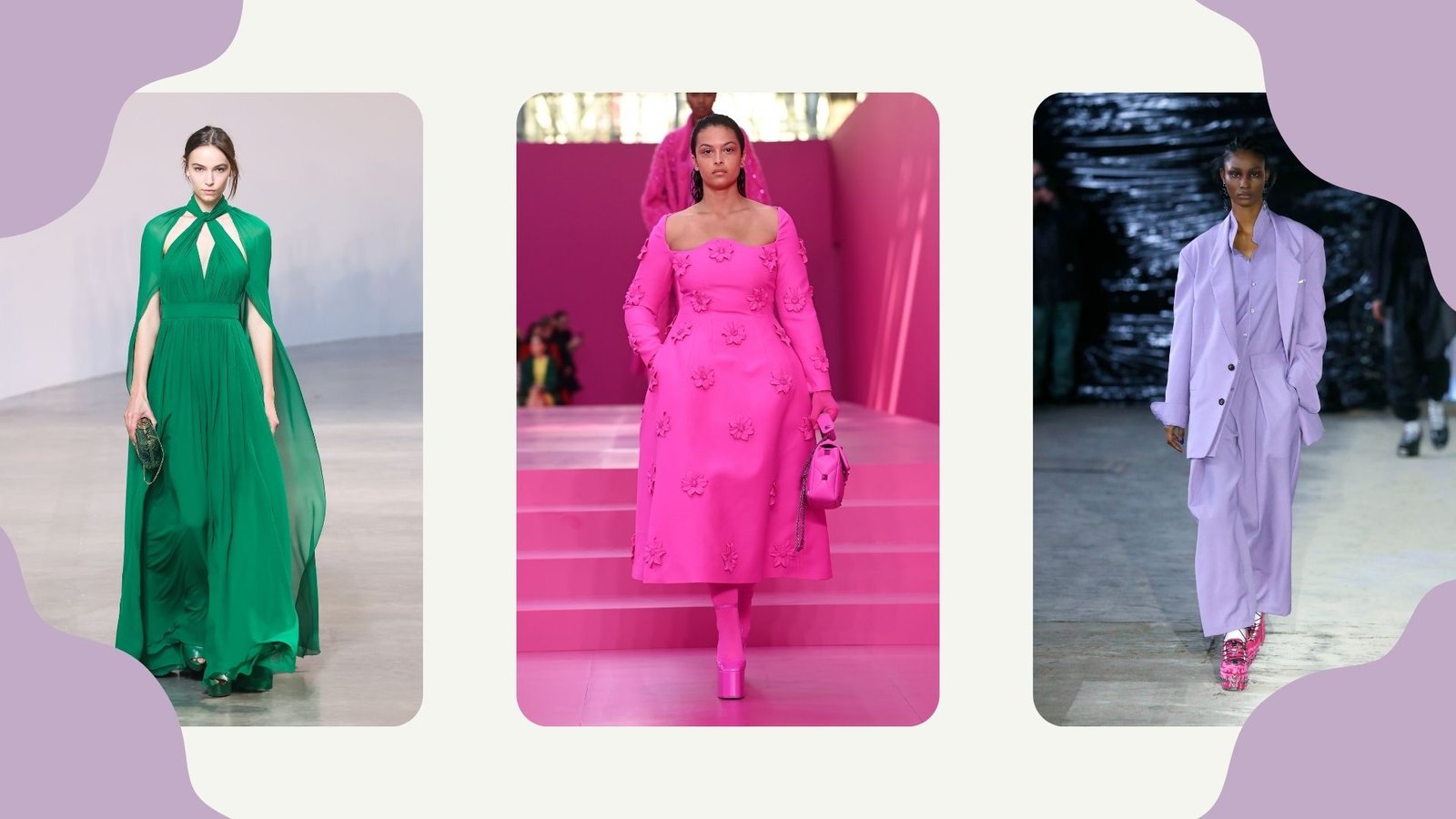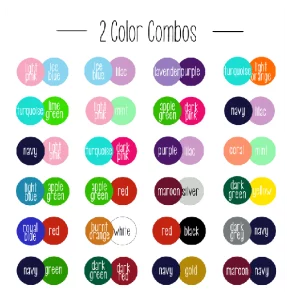Have you ever found yourself standing in front of your closet, overwhelmed by the multitude of colors and wondering which one will make you look more attractive? Don’t worry, you’re not alone! Color plays a significant role in our lives, and when it comes to fashion, it can make or break an outfit. From fiery reds that exude confidence to calming blues that radiate serenity, each shade has its own unique appeal. So, sit back and get ready to embark on a journey through the captivating world of color and discover which hues are truly irresistible when it comes to dressing to impress.
The Psychology Behind Color Attraction
Color is a powerful tool that can invoke strong emotions and elicit specific psychological responses. When it comes to attraction, certain colors have been shown to play a role in capturing attention and influencing initial impressions. For instance, studies suggest that the color red has a significant impact on attraction, as it is associated with passion, desire, and intensity. Sporting red clothing may make an individual appear more attractive and confident as this color tends to evoke strong feelings in others.
Beyond red, other colors such as blue and black also carry their own allure. Blue is often associated with stability and calmness, making it an ideal choice for professional situations where reliability is valued. Wearing blue can convey a sense of trustworthiness and approachability to others. On the other hand, black exudes sophistication and elegance. It has long been considered a symbol of power and authority, contributing to its appeal in formal settings or when trying to make a lasting impression.
The Impact Of Cultural Influences On Color
Colors hold significant meaning and symbolism across cultures, influencing everything from clothing choices to personal expression. For example, in Western cultures, the color white is often associated with purity and weddings, while in some Asian cultures, it represents mourning and death. Similarly, red can symbolize luck and good fortune in Chinese culture, but in South Africa it is the color of mourning. These cultural influences not only affect our perception of colors but also shape our preferences when it comes to selecting clothes.
The impact of cultural influences on color extends beyond individual choices to societal norms as well. In many countries like India and Nigeria, vibrant and bold colors are celebrated and embraced as a reflection of cultural heritage. However, in more conservative societies such as Japan or parts of Europe, subdued tones like black or gray may be favored for their simplicity and sophistication. It’s fascinating how something as seemingly simple as color has the power to influence our wardrobe choices based on where we come from or what traditions we adhere to.
The Role Of Skin Tone In Choosing Colors
When it comes to choosing colors for our clothing, we often consider factors such as personal style, occasion, and trends. However, one aspect that should not be overlooked is our skin tone. The right color can enhance our natural features and make us feel confident and radiant. One general rule of thumb is to consider whether you have warm or cool undertones in your skin. Warm-toned individuals tend to look best in earthy tones like browns, oranges, and yellows, while cool-toned individuals often shine in jewel tones such as emerald green, sapphire blue, and ruby red.
While these guidelines can be useful starting points, it’s important to remember that everyone is unique. Don’t be afraid to experiment with unexpected color combinations or break the traditional rules! Skin tone can influence how certain colors appear on us compared to others with different skin tones. For example, someone with a deep complexion might find that pastel shades wash them out while vibrant hues bring their features forward. Consider trying on different shades next to your face in natural light – this will help you identify which colors make your skin glow and which ones dull their natural radiance.
Exploring The Versatility Of Neutral Colors
Neutral colors have long been a staple in the fashion world for their versatility and timeless appeal. From classic black to elegant white, these colors offer endless options for creating chic and sophisticated looks. But what many people may not realize is that neutral colors go far beyond just black, white, and gray.
Beige is one such underrated neutral color that can add warmth and depth to any outfit. It pairs beautifully with other neutrals or serves as a soft backdrop for bold pops of color. Similarly, taupe provides an earthy tone that complements both warm and cool colors, making it a versatile choice for all seasons.
Another noteworthy neutral that often gets overlooked is navy blue. While not as conventional as black or white, navy blue has become increasingly popular in recent years for its ability to ground an outfit while still bringing a sense of sophistication and refinement.
Conclusion:
In conclusion, finding your personal color palette is a journey of self-discovery and expression. While it can be tempting to follow the latest trends or rely on what is considered attractive, true style comes from embracing colors that resonate with your personality and bring out your natural beauty.
Instead of focusing solely on what others find attractive, take the time to experiment with various colors and see how they make you feel. Pay attention to how certain shades complement your skin tone, eye color, and hair color. It’s about finding harmony between your inner essence and the outer world.
Remember, a personal color palette is not set in stone – it may evolve as you grow and change. Embrace experimentation, have fun with fashion, and trust yourself to create a unique style that makes you feel confident and empowered. Your personal color palette should ultimately reflect who you are on the inside while enhancing your beauty on the outside.






Be First to Comment